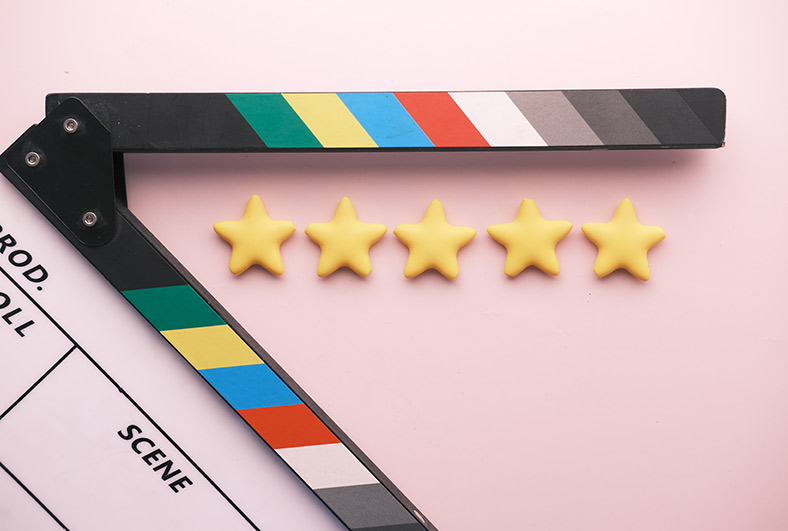Blog / Events / Journalists
Film journalism: How to get in and what makes a great profile piece

The summer of 2023 was dominated by the ‘Barbenheimer’ craze, with journalists looking to get interviews with major stars from both films. The ability to cover major films and to secure ‘big’ interviews isn’t always easy for a budding film journalist. At a recent JournoResources event, Al Horner, a freelance writer, broadcaster and screenwriter, shed some light on how to get into film journalism and what makes a great profile piece.
The Enduring Love of Film
Al started off by highlighting that film and pop culture is a compass by which we check where we’re heading as a collective, and that journalism plays an important part in that ‘direction checking’. He also mentioned that film journalism allows you to bring people closer to the hidden meanings and messages from the screen.
While there are less full-time journalism jobs around now, there are more platforms than ever before. Al explained that this means more places to showcase your writing with websites like Letterboxd, dedicated to reviewing films, or Substack, where you can set up a film newsletter. Plus, it doesn’t just have to be writing now. YouTube, TikTok and podcasts open up more ways to talk about film. Al said these are all great ways to build up an audience and then leverage that into paid work.
Forms of film journalism and building a profile
As with many types of journalism, film has several distinct styles and forms. Al highlighted the following categories:
- Reporting – covering general news about films, actors, award ceremonies etc.
- Reviews – summary of a film recently released.
- Essays – longer-form analysis of films
- Opinion pieces – your own views on a movie
- Lists – rating films in a list format (e.g. top ten Disney films)
- Interviews – profile pieces with actors and directors.
He said your key priority should be to write as much as possible to hone your craft, as well as reading lots of other film writers too.
And if you’re aiming to get paid commissions, then you will need to build an enticing shop window for your writing by creating a fun but professional social media presence. Al advised researching publications that offer entry-level opportunities, such as Filmhounds. This offers a chance to build up your writing experience and get some bylines under your belt.
Al said that you can then start to look at bigger publications that you aspire to write for. Plus, you might want to start identifying what those publications aren’t covering and how you could cover that or perhaps cover another area in a better way. Ultimately, you want to build up your portfolio of work and brand so that eventually editors are coming to you for work, rather than the other way round.
Writing a great profile piece
The longer forms of film journalism will naturally lead to bigger commissions, and one that’s prevalent in the big publications like Empire are feature-length profile pieces. These are usually based on interviews with leading actors or directors, and when it comes to the latter, Al said uncovering the personal links between the film and its creator can really enhance the piece.
This helps the reader understand the connection between the director and the movie.
You may also want to ask them questions they’ve never been asked before, advised Al. This requires reading and watching old interviews to make sure that you aren’t going over similar ground. It may also be good to challenge them where appropriate. Al said that you aren’t their PR representative and it can be interesting to question them on any issues surrounding their career, personal life etc.
People rarely see themselves in the same way that others see them. Al said this is the same for film stars and directors. Explore that gap between the media image and who they feel they really are to shed more light on their personality. Finally, he said it makes for a more captivating read if there’s a thread that can tie everything together. This will also help with creating a clear beginning, middle and end and make it a great profile piece to read.